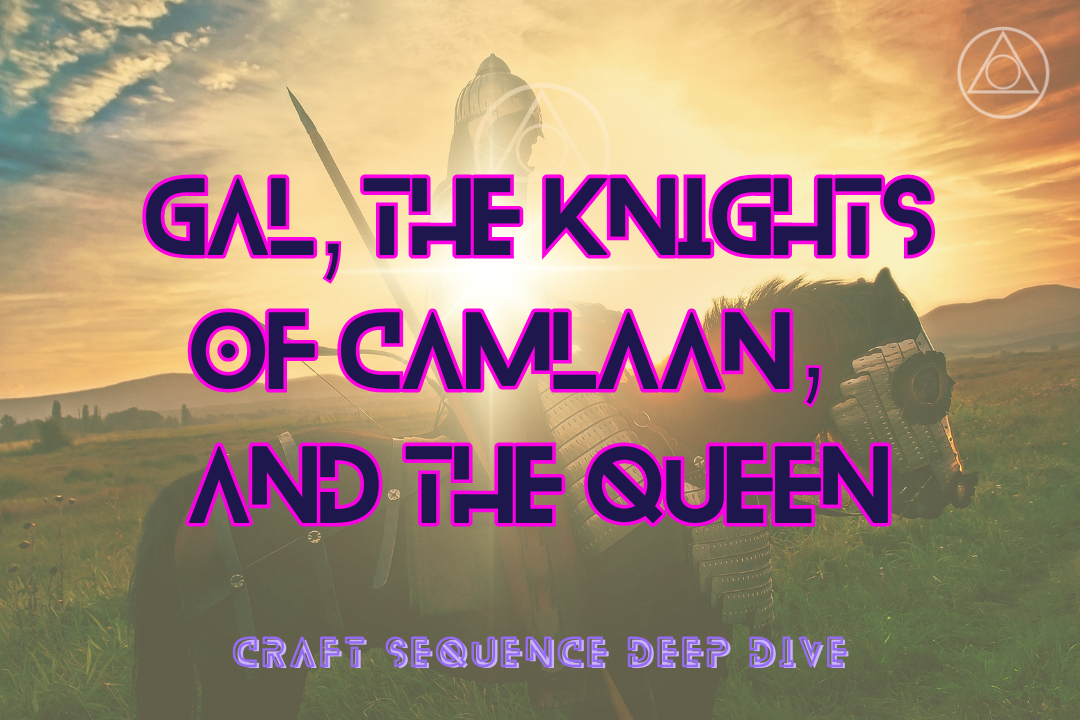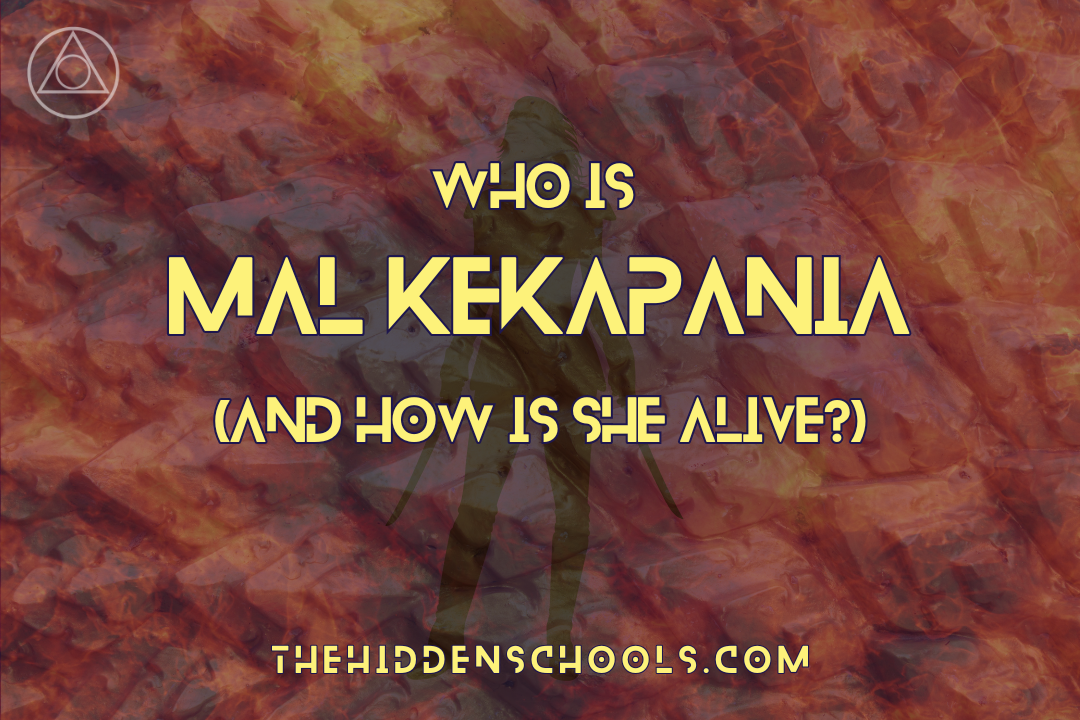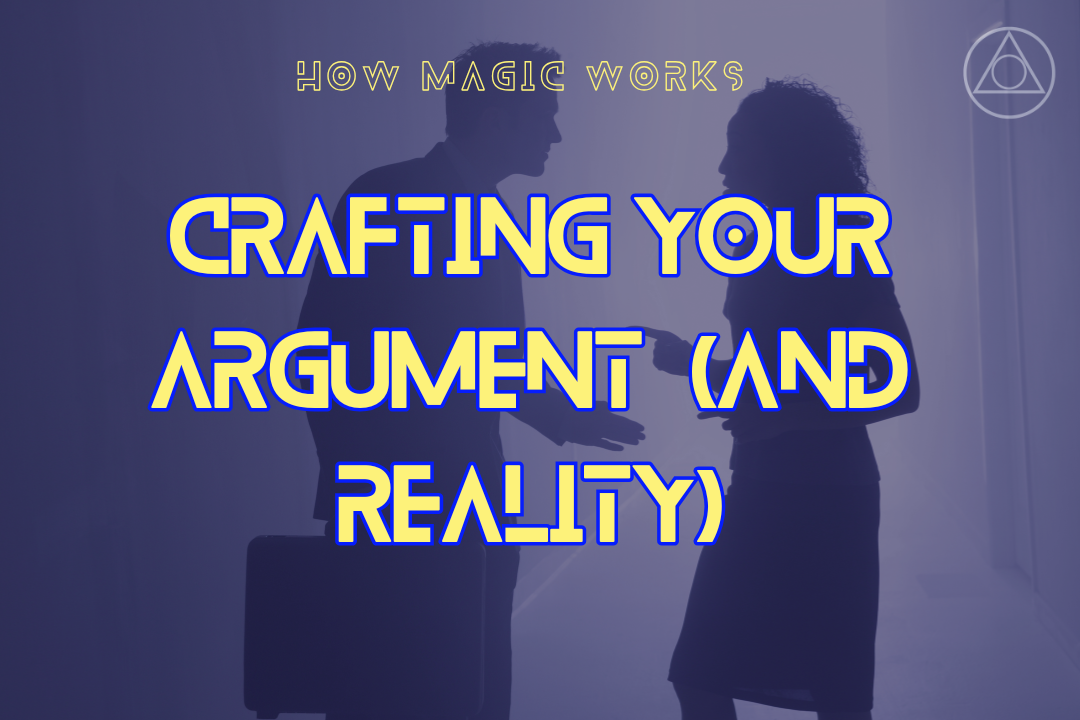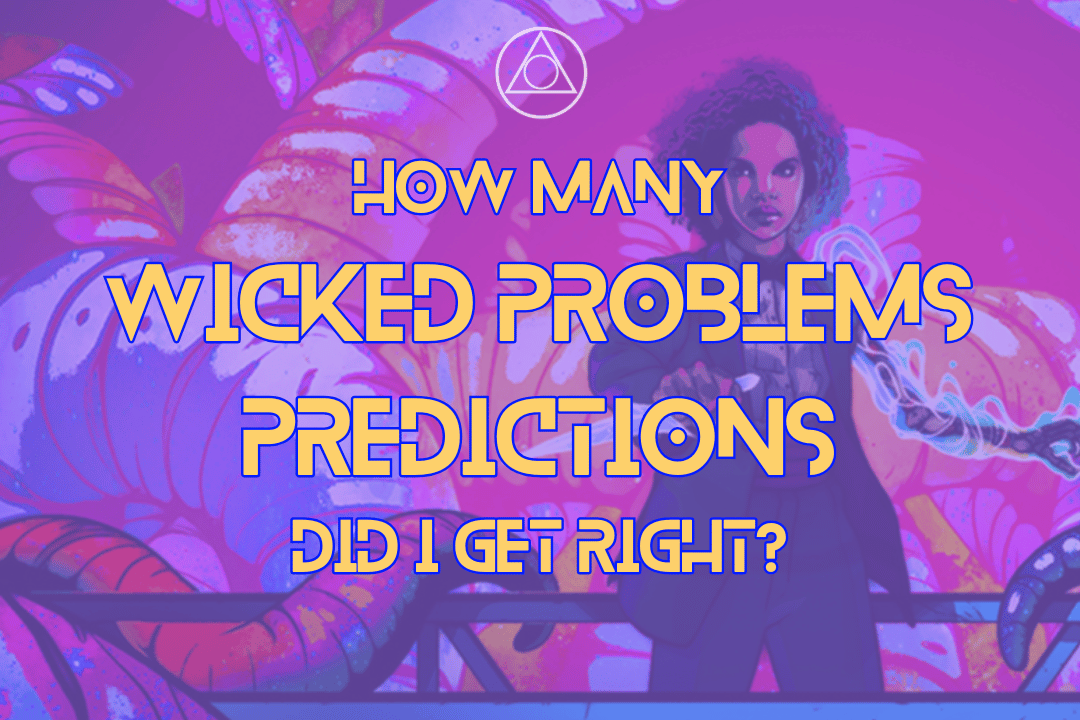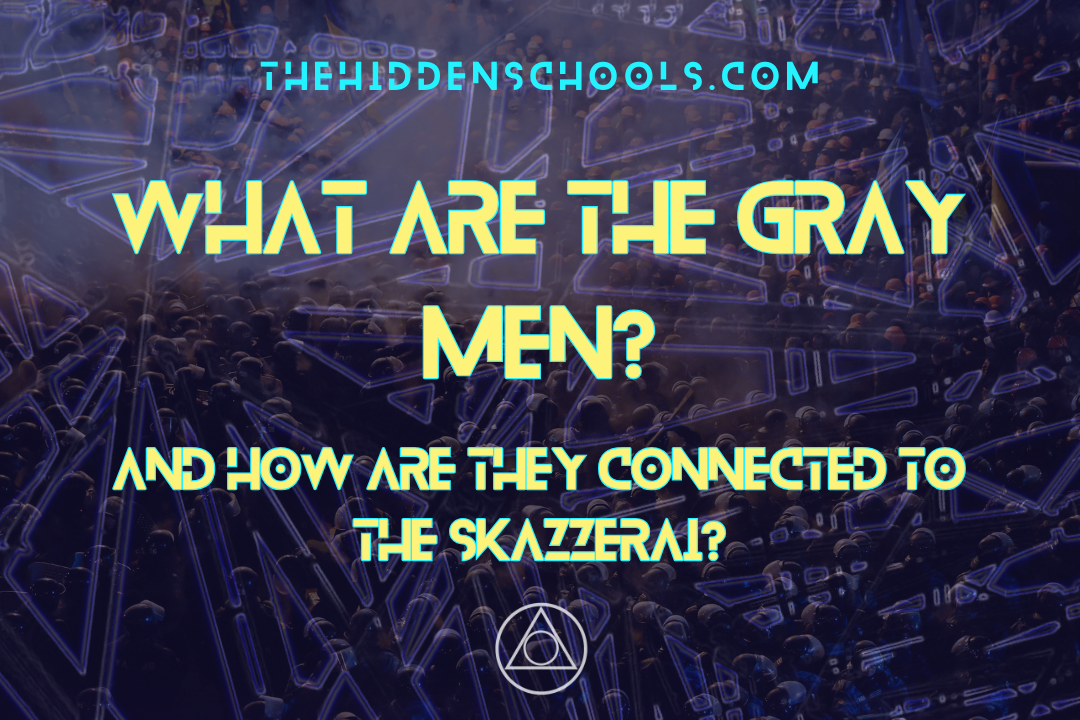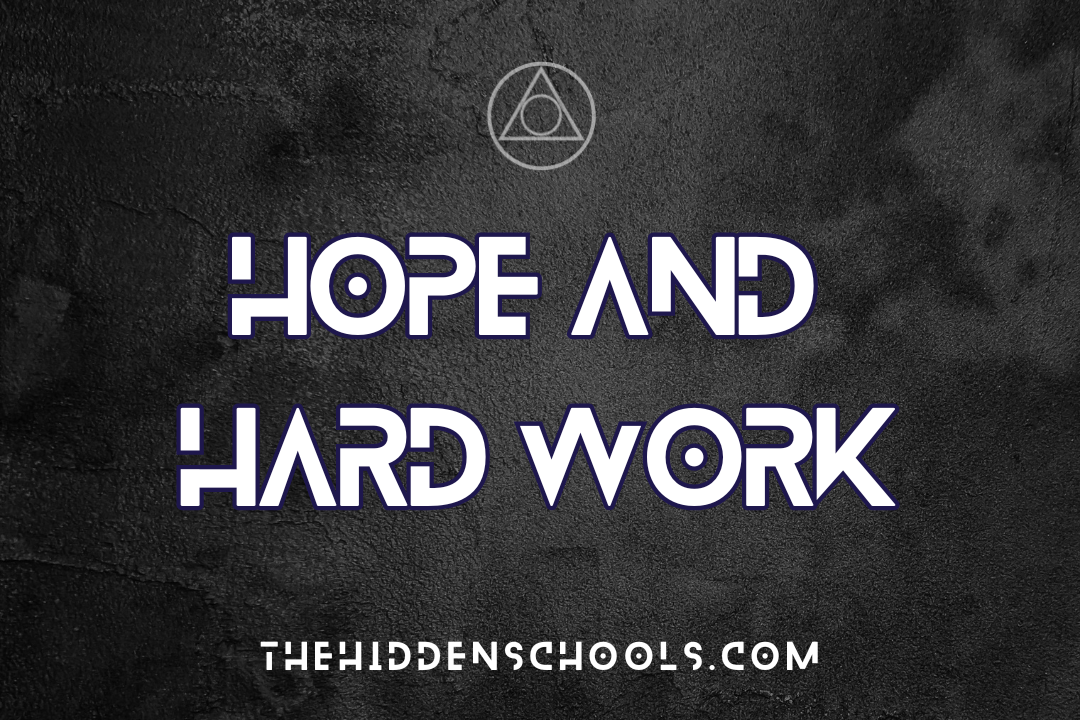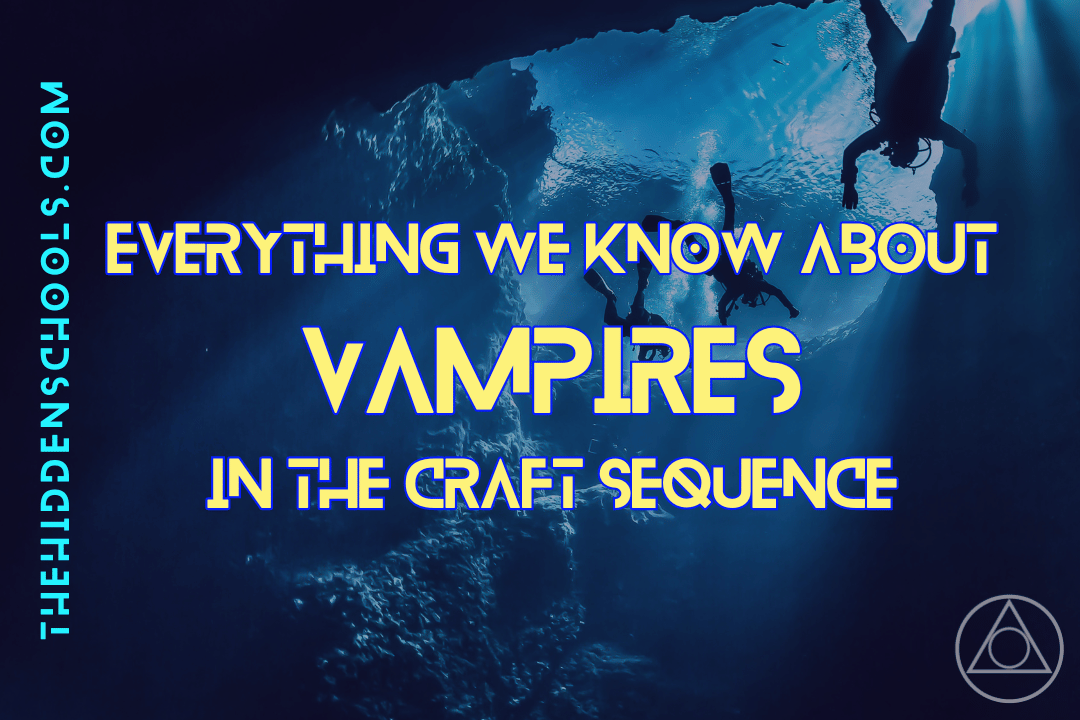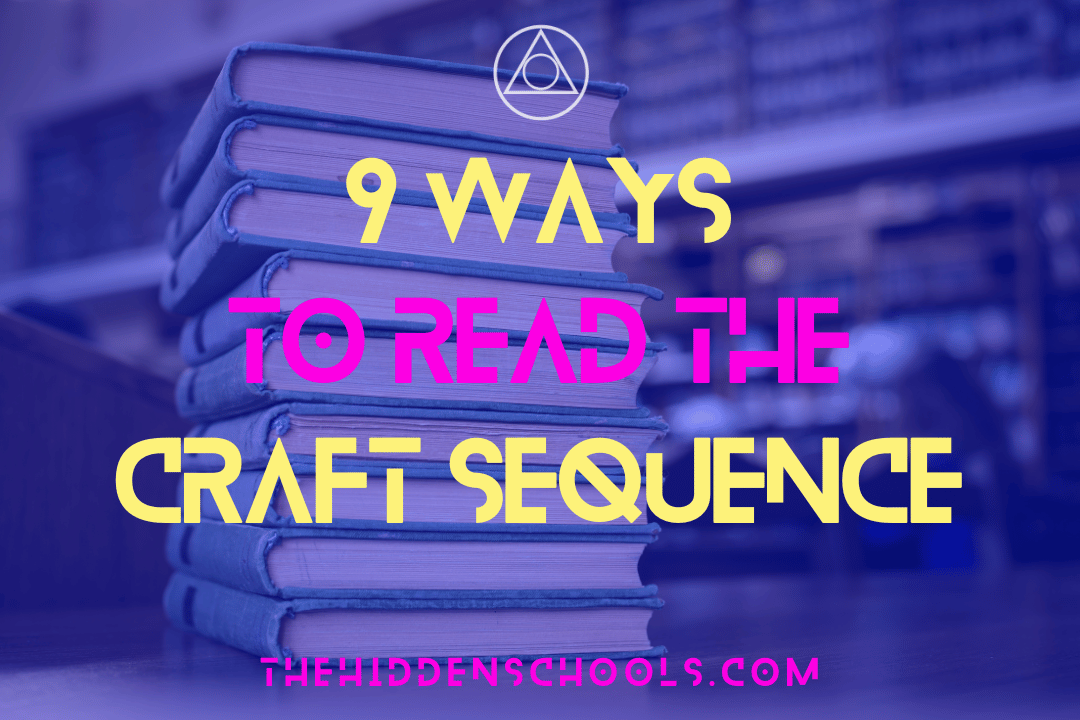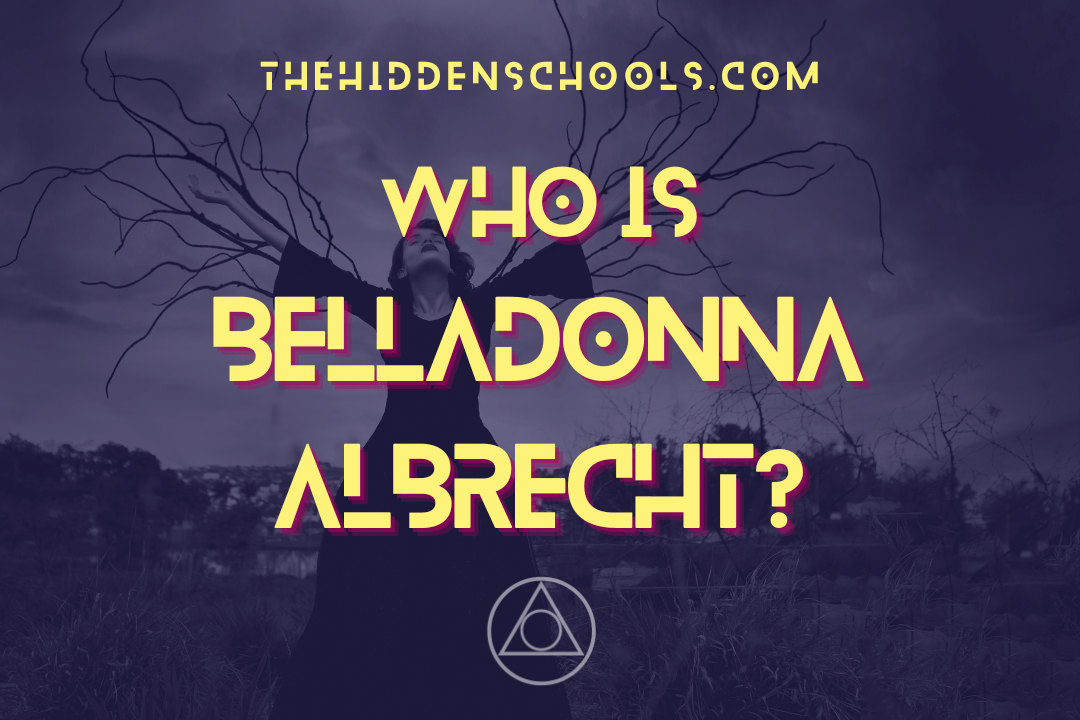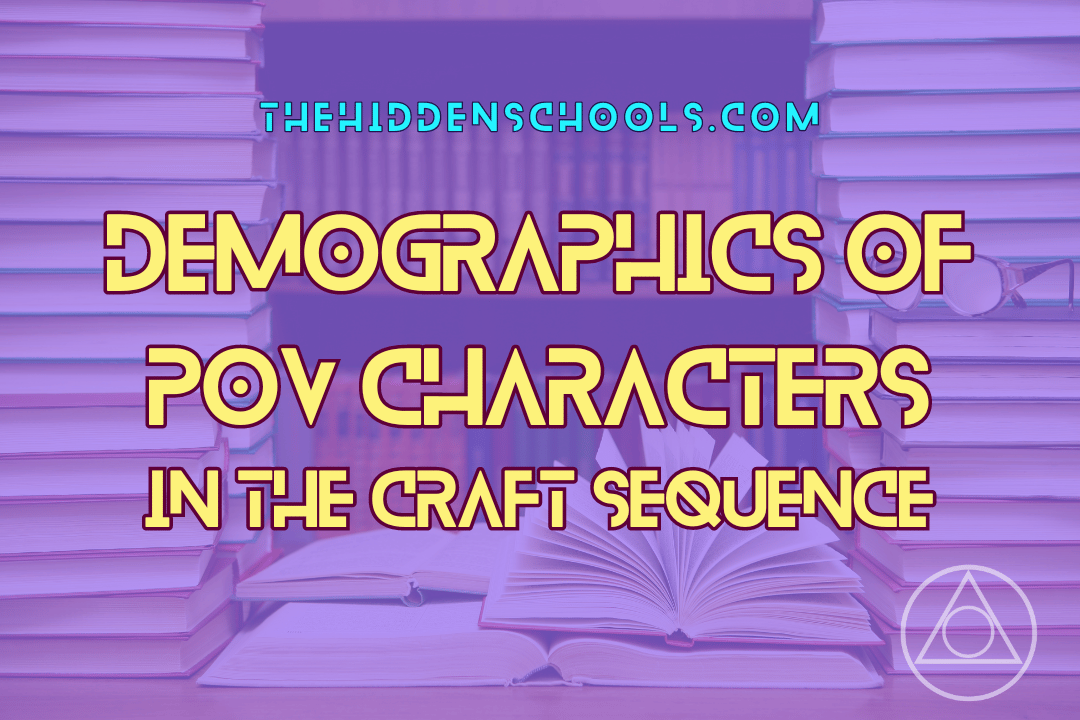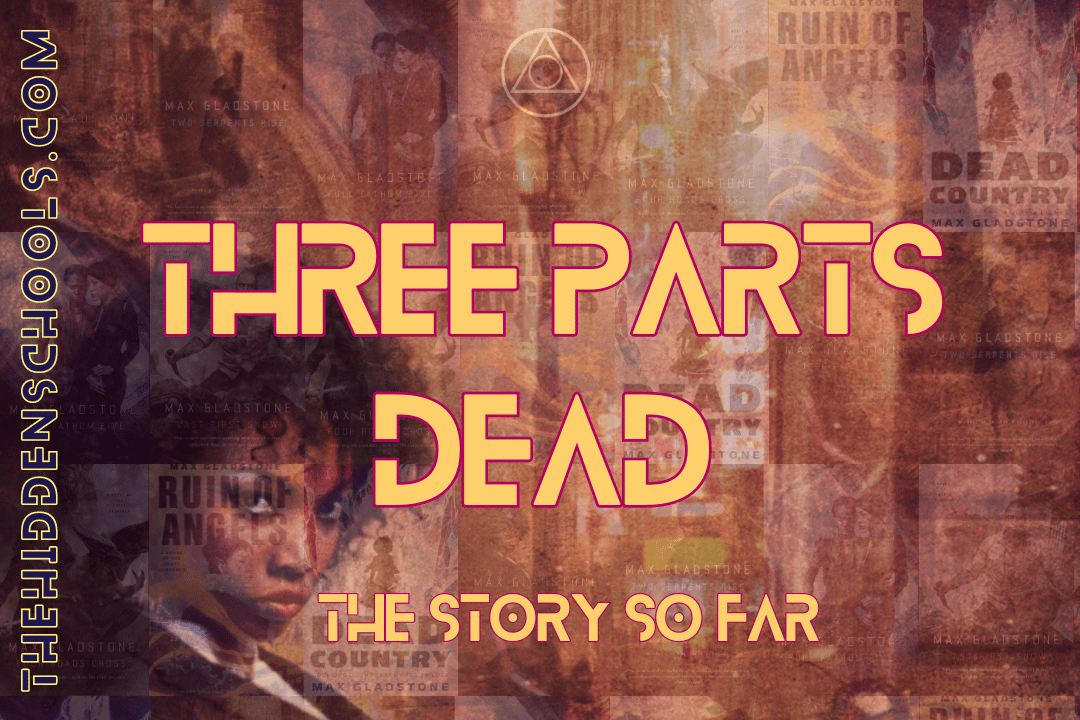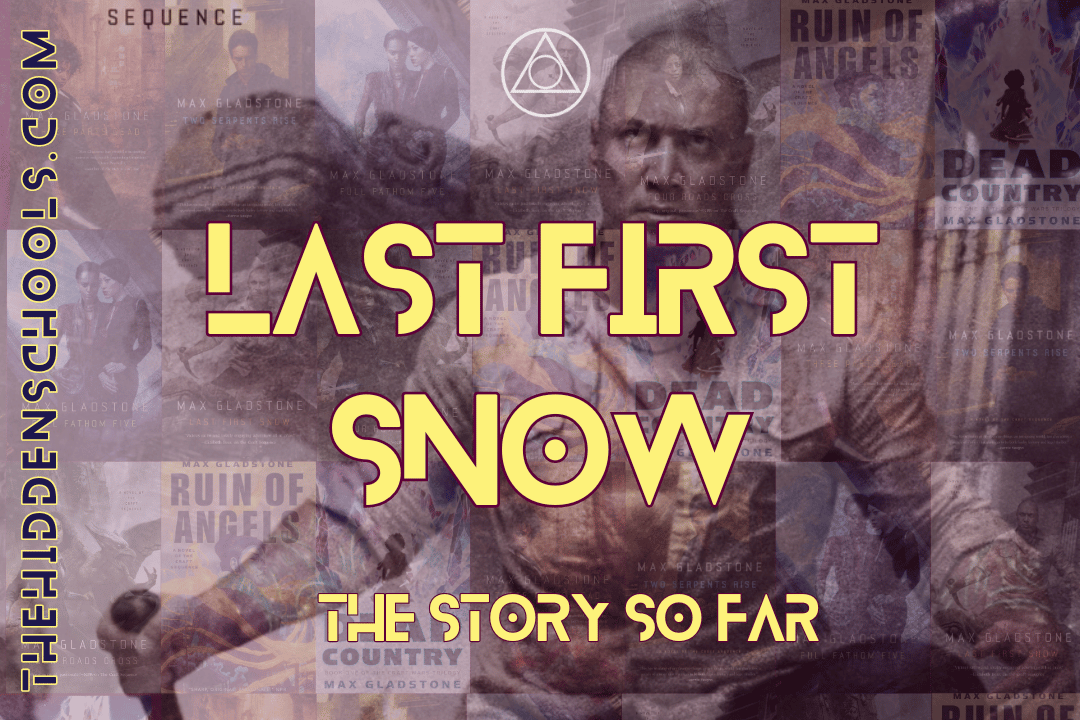Gal, the Knights of Camlaan, and the Queen
This article presumes a working knowledge of Ruin of Angels, Gal’s character and her arc, though is fairly heavy on the quotes - so, warning: here be spoilers!
“Gal, pale gold and alien and at full ease, as if the night held no terrors, which of course it did not, for her.”
Lethal, beautiful, and chivalrous, Gal is the storybook knight in shining armour - albeit one who takes things a bit too literally, goes for deadly force far too easily, and who has been banished from her order and her country.
Nonetheless, Gal “lived the myth” of the Knights of Camlaan, believing in and practising their principles even when it put her at odds with her fellow Knights themselves. She will slay the monsters, protect the innocent, work hard, care for friends, speak truthfully, and use her “strength gently save in battle.” To continue quoting chapter 18 of Ruin of Angels, “Someone else had made her a weapon, but she made herself kind.”
For anyone who hasn’t read Ruin of Angels in a while, here’s a super quick summary of Gal’s story (cut down from a nearly 2000 word section in my original draft because, succinctness? I don’t know her.)
Super powerful Knight who “lived the myth” and turned against her Order for not doing the same
Sent by her Queen to die in a foreign land as a martyr
Pretty emotionally stunted with a weird outlook on life: “Gal was an excellent ally, but the people who had raised and trained her left her with odd priorities.”
Loves Raymet, and when Raymet confesses her own love Gal rescues her in a scene that I simply have to quote because it’s spectacular:
“My vows forbid escape, once I have been subdued by adversaries in honourable combat.” Golden light seeped from her skin and hardened to a glassy sheen. “But a Knight may rescue her lady from a tower. That is practically what Knights are for.”
*swoon*
But who is Gal? What are the Knights of Camlaan, and how did she end up estranged from her Order in the foreign, dangerous city of Agdel Lex?
Will we see her again in the newly announced Craft Wars trilogy?
And what is her secret heritage?
The Knights of Camlaan
We’ve never seen Camlaan in the Craft Sequence, but it’s a pretty clear analogue for Great Britain - Camlaan is an obvious reference to the Arthurian legend of Camelot, and the descriptions of Camlaanders other than Gal pretty much sum up how Brits are viewed by the rest of the world - stiff upper lip, unemotional, priggish expats involved in oil… the kind of compatriots I avoid whenever I’m abroad.
At the start of Ruin of Angels, Kai is sitting next to a Camlaander on her flight to Agdel Lex. “He turned the page of his copy of The Thaumaturgist, and said nothing, in a way that screamed ‘Camlaander.’ Kai liked this about Camlaanders: if you pretended not to notice their radiant discomfort, they’d never clarify, just shut up and wait for a later opportunity to describe your revolting behaviour to friends who would agree with them” (RoA, Chapter 2).
You can’t tell me that isn’t a description of Brits.
Shortly after this, we meet Gal. Not only a Camlaander but a Knight of Camlaan, Gal has a whole other set of stereotypes to live up to. In Chapter 18, we learn more about Camlaan and its Knights:
Raymet had never visited Camlaan, and she loathed the Camlaander expat community in Agdel Lex, bunch of priggish drunken isolates, most of whom worked in necromantic geology for the big drilling Concerns south of the Wastes. Their homeland was a barbaric mess of stereotype and myth: undead queens, land-bonding, fertility rituals of the bloodier sort, sickles, wicker, and flame, grails and other theological cutlery.
Raymet grew up, like everyone, on stories of Camlaan’s Knights, questing, determined, anointed sons and daughters of the realm sent by Crown’s will to smite monsters foreign and domestic. They had been ginned up in a war by some divine monarch or other two thousand years back, and pledged oaths to succour the innocent and help all those in need, though in practice they had a selective sense of what constituted need, or innocence. Monsters had a convenient tendency to live on land that would be valuable if not for the monsters living there; the innocent had a convenient tendency to be oppressed by wicked kings and queens who ruled territory coveted by Camlaan’s Crown.
Knights these days tilted against the Golden Horde; Knights faced Zurish Champions in Schwarzwald nightclubs; Knights ventured south into what the Thaumaturgist described as ‘the sectarian madness of the Northern Gleb,’ drew shining swords and took up the armour of their faith and slaughtered in the name of truth, freedom, and so on, until their priggish drunken isolate compatriots could safely lease mineral rights to that no-longer-quite-so-monster-haunted wilderness.
And so on until empire.
The Knights were a myth wrapped around naked bloody power: a neat clean story to justify destruction. Gross. If you wanted to make people bow before you, to conquer their homes and break them to your will, just do it and have done. Don’t lie to yourself that you mean all this for their own good.
Ruin of Angels, Chapter 18
This isn’t the first time Gladstone has tackled colonialism in the Craft Sequence, but it’s so integral to Ruin of Angels that I think it’s interesting he decided to bring in a Camlaander at this stage rather than any other.
I imagine most people who enjoy the Craft Sequence, and thus read this site, are of the more left-leaning, progressive, anti-colonialism persuasion. If you’re not… I’m not quite sure what you’re getting out of these books, but cool?
Colonialism is, obviously, a huge part of British and European history more generally. We’ve never really had a reckoning about the horrors we perpetrated under a banner of civilisation and righteousness, and frankly it seems like we’re going backwards under our current government. The description of Camlaan’s Knights and their part of creating a destructive empire feels very apt to our real history.
So, Camlaan is a particularly bloody and brutal Great Britain, with a veneer of mediaeval chivalric tradition, best represented by the Knights.
The Knights are evidently a play on mediaeval myths, particularly those of the Arthurian tradition. We read that Gal “lived the myth. She never lied and rarely swore. She cared for her friends. She worked hard without complaint. Strong, immensely strong, she used that strength gently save in battle. She sweat and bled like any woman. Someone else had made her a weapon, but she made herself kind” (Ruin of Angels, chapter 18).
Gal represents the best of the Knights, the Knights from storybooks. She even shares a name, to an extent, with a famous knight from myth - Galahad. But she is a lethal weapon - and we can extrapolate that the Knights of reality are also utterly deadly. Our first physical description of Gal through Zeddig’s eyes shows us this:
Zeddig … saw Gal wreathed in rainbows. The woman still wore the janitor’s jumpsuit they’d used to sneak into the library, but even Zeddig, who planned the delve, had to admit the limits of her disguise. The jumpsuit hid Gal like a gemstone filter hid a flame: even covered, she shined through, sharp and glittering as ever, the whole blonde, slick, otter-muscled length of her, a deadly curve bent against the room’s sole desk, waiting for an excuse to spring.
…
Gal indicated the door with her chin and a raised eyebrow. Her hand drifted to her heart, and tattoos there glowed with golden light. Zeddig heard a distant sound like a horsehead fiddle, but deeper: the music of Gal’s sword.
Because of course murder was the ideal solution to any inconvenience.
Gal was an excellent ally, but the people who had raised and trained her left her with odd priorities.
Ruin of Angels, Chapter 5
We have no reason to believe Gal is an anomaly in this way, rather that all Knights are beautiful and dangerous, with magical swords they pull from golden tattoos. We hear that “subterfuge wasn’t exactly the point of Gal” and that “she was a limited instrument. Beautiful, but limited.” Later, we see a couple of instances of Gal healing people, so there’s more than violence to her power, but it seems like a secondary power to her strength and violence.
During a crucial battle, Tara and Kai discuss the Knights in reference to Gal:
“I thought they were all out slaying dragons and committing atrocities.”
“Guess not.”
“How does chivalry square with a life of crime?”
Ruin of Angels, Chapter 48
Frankly, they are exactly what one would expect if the mediaeval myths genuinely came to life, so bravo Gladstone for playing that up.
We learn little more about the Order in general, but a few lines from Gal show us that they are pretty similar to Temoc’s Eagle Knights in Dresediel Lex: trained for war, making vows to gods, powered up by said gods to be near-indestructible, channelling divine power via tattoos or scars. We don’t learn anything about the Camlaander gods the way we do about the Quechal pantheon, or what happened to them during or after the God Wars, but given that Gal and the Knights are still running around with divine power one can imagine they weren’t exterminated the way Temoc’s gods were.
As we quoted above, “They had been ginned up in a war by some divine monarch or other two thousand years back” and Gal later tells us “But I wanted to be a Knight. I trained in secret, against the family’s wishes. I made vows and pacts to my Order and to the gods. By the time my family found out, it was too late.” Once the vows are made no one, no matter how powerful, can undo them.
There’s also a similarity to the Craft, specifically in how Gal pulls a magical sword from a tattoo - Tara, Elayne and presumably other Craftsfolk pull lightning blades from glyph tattoos over their hearts.
And what a blade it is. We get a lot of build up to seeing Gal in full Knight glory: she’s strong and deadly, entirely unafraid, caring for her body like a weapon. In Chapters 22 and 31 we see some casual violence and strength from Gal, that only makes us imagine how deadly she would be in fight mode.
“Gal, don’t--” But she wasn’t fast enough. She heard a crack, and a scream. Josep lay on the ground with white bone protruding jagged through the skin of his forearm. Gal hadn’t even drawn her blade.
Ruin of Angels, Chapter 22
Gal sat at the table across from an enormous armour-plated man with cat slit eyes, who wept lava tears. Gal’s hands glowed, faint but noticeable in the dim room, as she smoothed the armour-plated man’s ulna back into place, melding his snapped bone. She’d rolled up her sleeves, and looked radiant with triumph.
“Would you care to try for best two out of three?” she said.
Ruin of Angels, Chapter 31
And Gal - or Knights in general - in full divine battle mode? You can only imagine how an entire battalion could destroy anything they felt like fighting against.
Gods, they moved so fast.
But Gal was faster.
Raymet reached for the Camlaander’s arm-- “Don’t!”--but not fast enough to catch her.
Izza knew street fights. She knew quick blows and knives, seconds at most until someone died, or broke. You could walk away from one-on-two, if you were lucky, if some god loved you, if you had good insurance.
Once, in a Kavekanese back alley, she had seen a goddess’s chosen fight: a flash of silver, a glory of wings, a terrible joyous purpose. She hoped she would never see that again, and sometimes prayed she would.
Gal, striding forward, smiled like a woman coming home. Light burned in jewel dots down her spine, tracing the tree roots of her nerves. A golden glow spread out from them, from her heart, to her hands. One step, and she might have been a trick of candleflame and mirrors. Two steps, and her arms were clad in solid light. Three steps, and she was a halo.
When the first Wrecker lashed her, she caught its tentacles and threw it over the gantry edge. It fell, casting fleshy lines in all directions to catch itself and swing back. The metal spider tensed, and leapt. The gantry bent with the speed of the spider’s departure; it caught the Wrecker in midair. Gal struck the second Wrecker in the chest with her elbow, so hard it tumbled back into the third that climbed up from below. Tentacles slipped off the light that clad her, and in a blink Gal held a blade like a sunrise on an ocean’s breast. The blade flashed out, and Izza heard a watery scream.
…
She didn’t waste time on conversation, just charged onto the gantry, toward the cyclone of light that was Gal in action. Three tentacles had snared the Camlaander’s left leg; they could not break her, but hold her, yes. She fought anyway, vicious and holy as the sun.
…
The tower swayed with the battle they’d left behind. Ceiling panels shook. Izza wondered who Gal was, and for what purpose she’d been made. She was not certain she wanted to know.
Ruin of Angels, Chapter 48
We have rarely seen the full might of a god and their chosen warriors in the Craft Sequence; Kos isn’t really one for battle, Seril is weakened, the Blue Lady is new, and the Quechal gods are barely alive. We hear talk of the God Wars that lasted a century, and we’ve seen the power of the Craft; the power of the gods was close to equal. We don’t hear about Craftsfolk who fell in the Wars, only the gods, but for a war to last that long it was a fairly even fight.
Imagine entire armies of Gal and Temoc, arrayed against Kopil, Elayne, Belladonna Albrecht and more.
I hope we get a chance to read that one day.
And now, for my favourite part (and the point of writing this entire piece)…
Rampant Speculation Time
Who is Gal’s mother?
It takes until the end of the story (and the beautiful heart-to-heart with Raymet) for us to learn much about Gal’s background. We have a brief reference to her mother before the train job, where she mentions having what she thinks is a good luck charm from her mother.
Then, when she explains why she came to Agdel Lex, we find out this:
“I come from a noble family in Camlaan, about which the less said the better. I am the eldest daughter of my mother’s house; I would have been an alliance-maker, perhaps with the new Deathless Kings, or I might have become a person of some importance in the church. But I wanted to be a Knight. I trained in secret, against the family’s wishes. I made vows and pacts to my Order and to the gods.”
Ruin of Angels, Chapter 61
We don’t know of any noble families in Camlaan, so this doesn’t give us much to go on. I did have a slight thought that Gal might be much older than she looks, when she says ‘new’ Deathless Kings - they haven’t been new at this point for half a century. But perhaps in a land of undead queens 50 years still counts as new.
No, my theory rests on two short references later in the same chapter:
“I fought my brother Knights. They bested me, in the end, but before they did, many of those we had come to kill escaped. My—the Queen saw fit to offer me a kind of mercy. My missions had been secret, as are all Knights’ missions these days, but my execution for treason would be public, because of my family, and they did not wish the scandal.”
…
“Death at my own hand would embarrass the Queen. A prodigal daughter, dead on foreign sand, fighting for the crown, a tale to drum up vim and jingo—that’s what my” –and again the slight pause-- “the Queen prefers. Good press.”
Ruin of Angels, Chapter 61
My theory? Gal is the Queen’s daughter.
Of course, the ‘my’ changing to ‘the’ could simply mean Gal is distancing herself from someone she used to view as ‘her’ queen, and who is now a queen she has been banished from. But why would Gladstone emphasise “again the slight pause” in the second reference? He’s drawing our attention to this line, this substitution Gal is making.
Gal is, for the first time in the book, emotional in this chapter. She has not only just been tortured, but she is sharing something personal for the first time with Raymet, the woman she secretly loves. She tells us, and Raymet, that “I did not think this would be harder to tell you than the Iskari.” In the same moment, Raymet notices that Gal is reacting emotionally: “Gal blinked. She blinked just like normal people did, but this one lasted long enough for Raymet to make note. Were her eyes brighter, wetter than usual when she opened them?”
Gal is completely out of her depth, and I think it makes sense she would slip up and reveal something more than she intended to.
If Gal is indeed the Queen’s daughter, it adds even more weight to other references to the Queen, such as: “I saved her, in some small way, from herself. I stopped an atrocity that would have been committed in her name. I could not have done that if I stayed home.”
Although all Knights are sworn to their Queen and will fight for her, this again feels like there is more of a personal connection to the Queen.
On a more thematic level, Gal being a princess who went against tradition and expectation to secretly train as a holy Knight fits with the tropes she inhabits. What is a more perfect modern fantasy or fairy tale trope than the princess who doesn’t want to be a princess but a warrior? What is more classic than the true-believer royal warrior who realises they’re fighting an unjust cause, and turns on their order and family to live the truth of their vows?
In a series that plays so much with the power of stories, that plays so much with tropes and expectations… wouldn’t it just be perfect if Gal was actually the heir to Camlaan’s throne who turned her back on everything she was raised to, to first become a Knight and then to protect the innocent from her compatriots?
I’m putting a lot of weight on two lines (13 words), but it feels so perfectly fitting.
(Also, this was the far-reach connection to the Jubilee mentioned in the intro. Royalty! Yay?)
Will we see Gal again?
Short answer: no idea, but I hope so.
Longer answer: I think there’s a really good chance. We know very little about the newly announced Craft Wars trilogy, and what we have been told revolves around Tara Abernathy and her hometown in Northern Kath - no sign of most of the Ruin of Angels crowd.
HOWEVER! There are two as yet undescribed books yet to come in said trilogy, and these books are big and full of a range of stories and POVs. As Tara has now met the delvers in Ruin of Angels, there’s definitely a decent chance that they could show up. Gal will always say yes to joining a righteous (and dangerous) mission, she’s ridiculously strong, powered up by gods but not anti-Craft, and Tara had this to say about her:
“I wish you could see this. I didn’t know your sister had a Knight on her team.”
“Really?”
“Oh yeah.” Tara’s nod: slow, exaggerated emphasis. “She’s strong, too.”
Ruin of Angels, Chapter 48
This is hardly foreshadowing, but you can’t tell me that Tara, having seen a rogue Knight in action and having at least a tangential connection to her through the climax of Ruin of Angels wouldn’t try and call on her in preparation for a battle. Tara will always call on any resource in times of need, no matter how long shot a play it may be. Calling Gal has a much better chance of success than her wild Dresediel Lex mission in Four Roads Cross, so I’m almost certain we will see Gal at some point in Craft Wars.
And hey, maybe we’ll get a standalone later on featuring her (and Raymet? hopefully?)
What do you think? Is Gal a princess? Will we see her in Craft Wars? Let me know in the comments, on Twitter and r/CraftSequence.
Special thanks to Lili for helping me cut down this monster of article by almost 2000 words! You’ve made it much more readable, merci.

